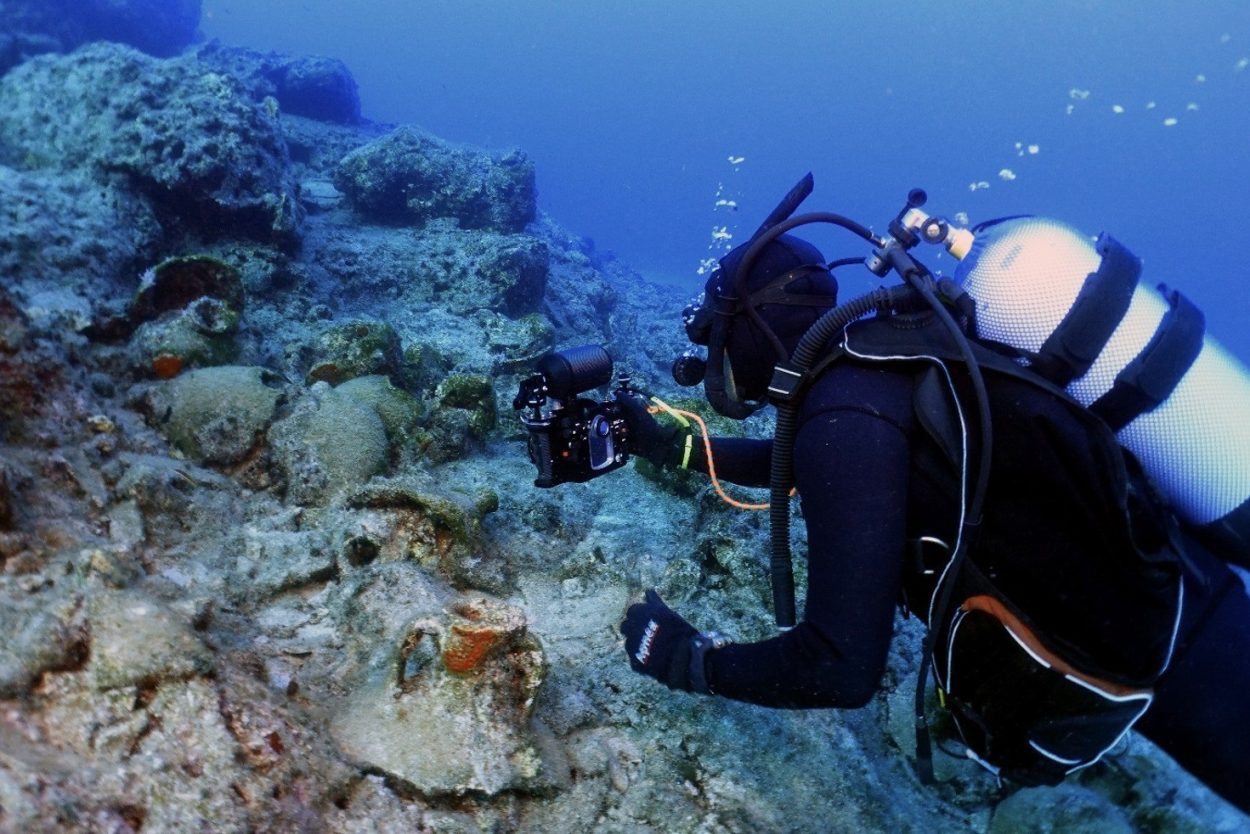A study of the marine area around the Greek island of Kasos has identified ten shipwrecks and numerous underwater finds.
The shipwrecks date from prehistory, the Hellenistic period, the Roman period, the Byzantine period, with finds also dating from the medieval and Ottoman periods.
The study was conducted by the National Research Foundation in collaboration with the Greek Ministry of Culture over a period of 4 years that concluded in 2023.
According to a press release by the Ministry of Culture, a team of divers operated at depths of -20m up to -47m and found a total of ten shipwrecks containing cargo from Spain, Italy, Africa, and the coasts of Asia Minor.
The oldest shipwreck dates from around 3,000 BC, with the most recent being from the Second World War.
The researchers took more than 20,000 underwater photographs of the wreck sites and finds, enabling a digital recreation which will provide a wealth of data for further study by experts in several associated fields.

Some of the finds include an Archaic period stone anchor, amphorae, drinking vessels, and terra sigillata flasks from the Roman period.
“At the same time, the mapping and bathymetry of the Kasos-Karpathos reef and the Karpatholimnion area was carried out for the first time with the use of a side scanning sonar machine,” said the Greek Ministry of Culture.
The research project (2019-2023) was funded by the Municipality of Iroiki Nisos Kasos, TERNA ENERGY, Ministry of Shipping and Island Policy, Kasian Brotherhood of America, MaP Ltd, Hellenic Hypermarkets Sklavenitis AEE, Carton Hoye, Baltic Exchange Charitable Foundation, TEKAL SA, REVOIL SA, and Trip Tailors OE.
Header Image Credit : Ministry of Culture
Sources : Ministry of Culture – Underwater archaeological research in the maritime area of Kasos





